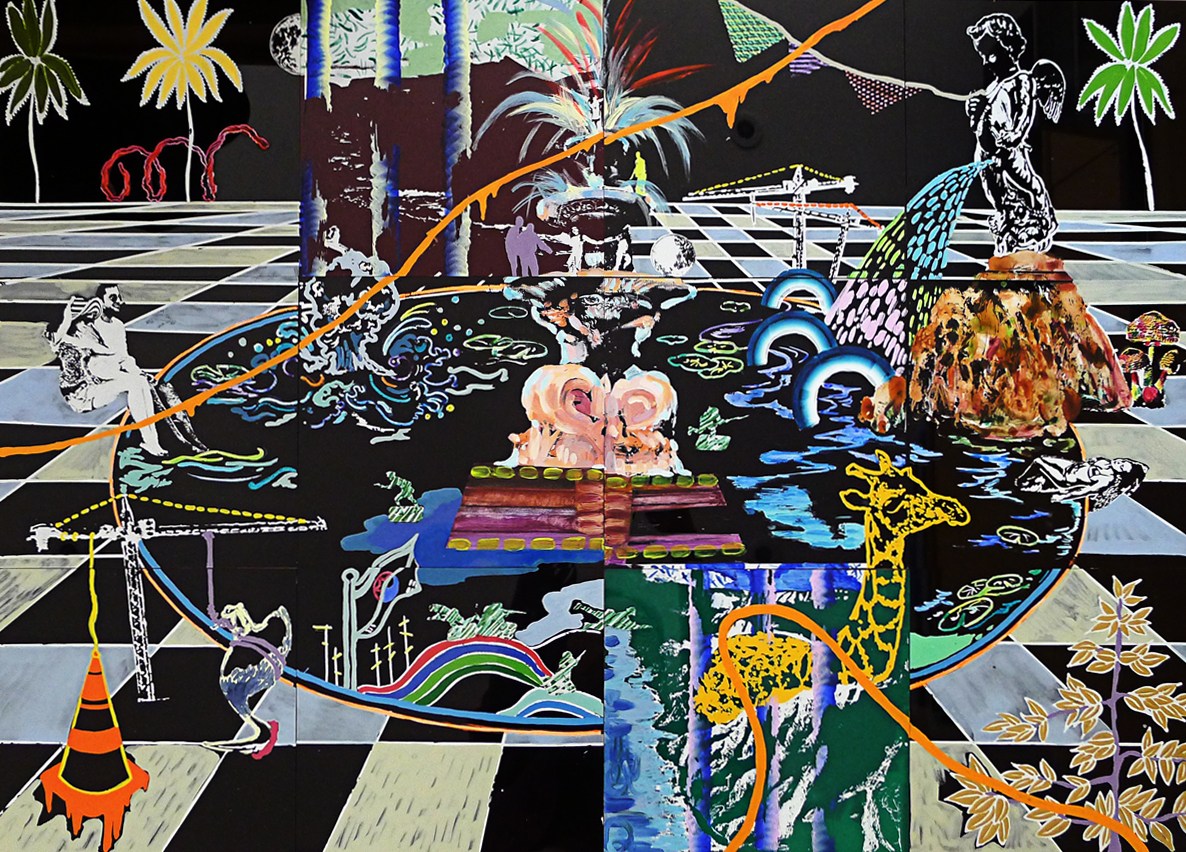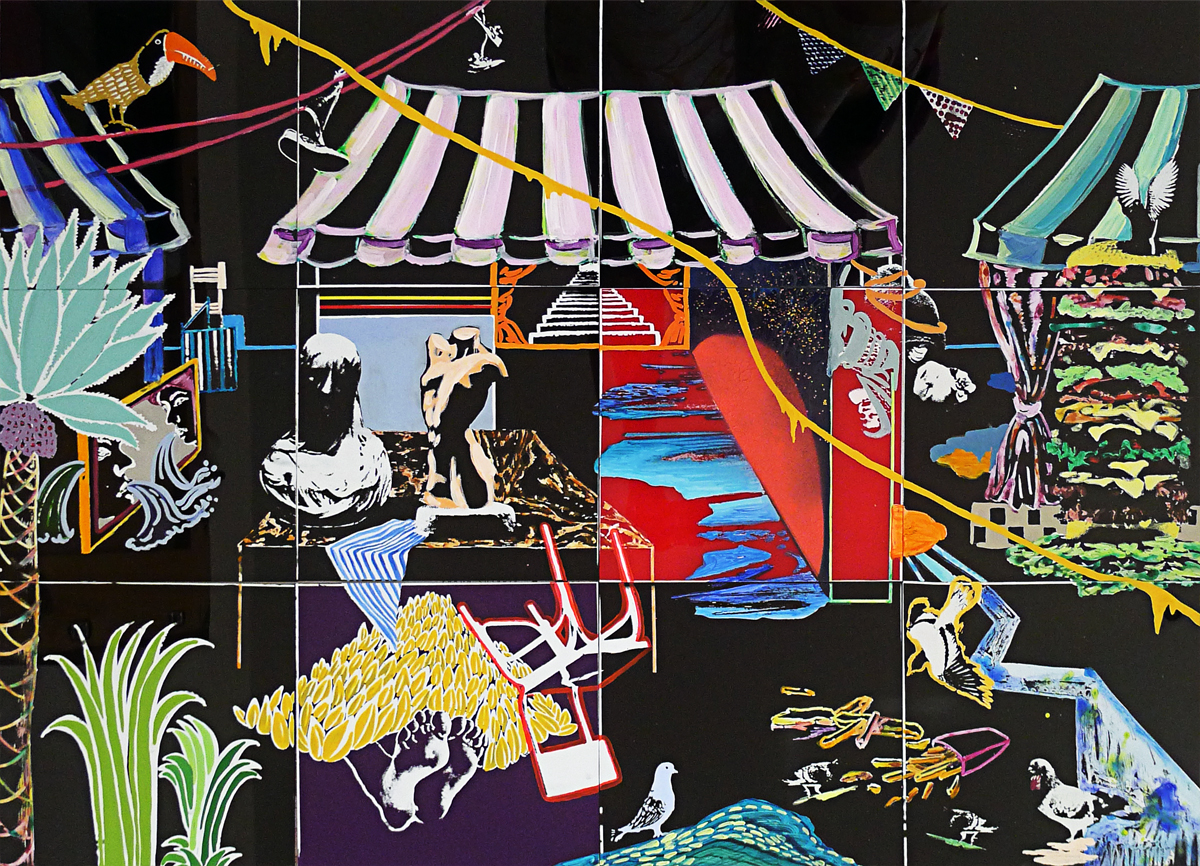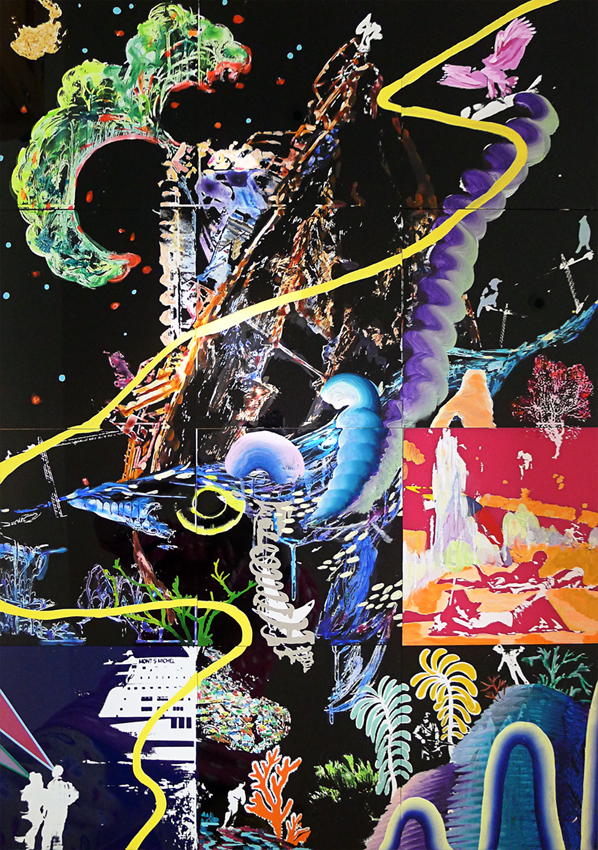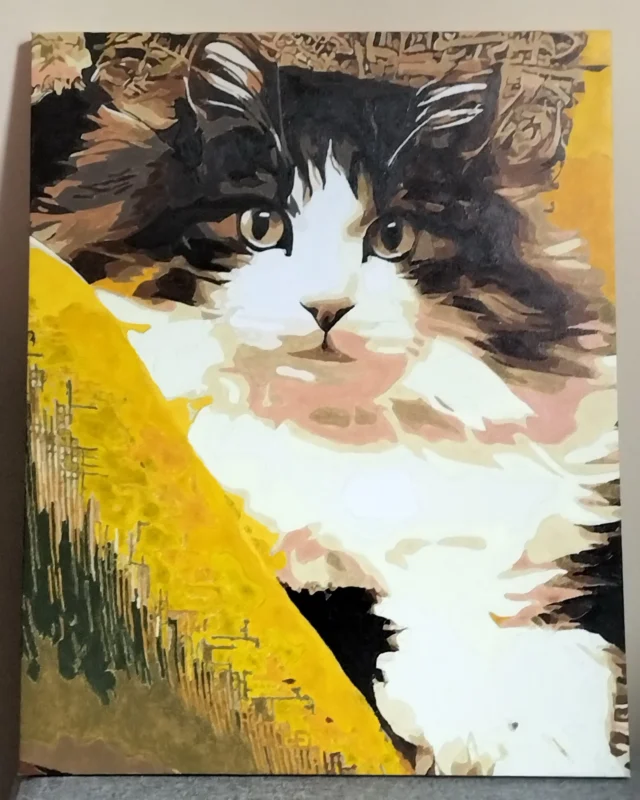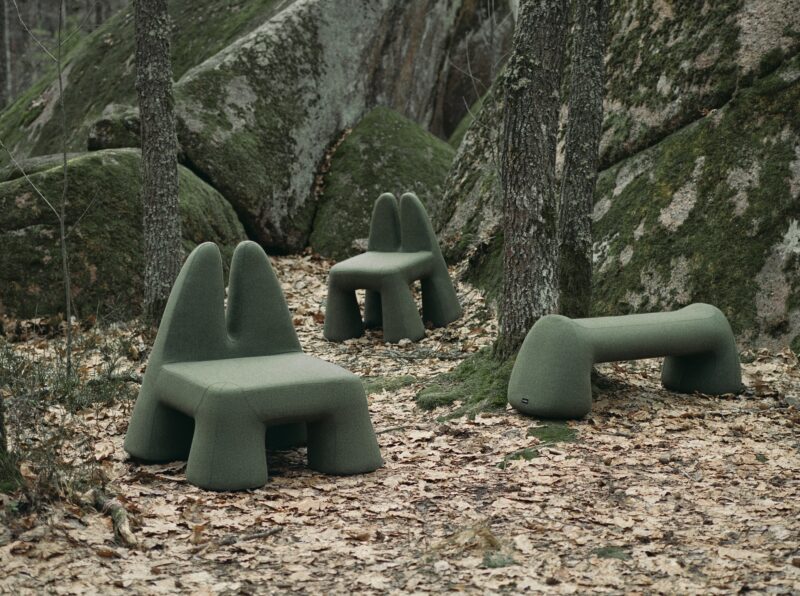Currently exhibiting in DegreeArt’s Post Digital – Are We There Yet? Exhibition, we speak to Luna Jungeun Lee about her artwork and the very meaning of “Post Digital.”
Hi Luna, how are you?
Good. Yes, I am feeling good after having the opening for the Post Digital show. It’s been busy with updating the exhibition news and having discussions and contact with other artists.
So your work is currently on display as part of DegreeArt’s ‘Post Digital’ exhibition, tell us, what does the term “Post Digital” means to you?
It is argued that through technology the world has become more accessible to communication, but I chose to question whether we really are more connected and engaged as a society. Small devices do not only change what we do, but they change who we are. This is how I feel about the term ‘Post Digital’ and explored how our relationship with technology has affected the way we understand and communicate with each other.
Your work concerns digital imagery, what is it that draws you to this?
I do think that one of the most fascinating aspects of living in the modern world is that we can access apparent infinite amounts of information, whether they are images or words, it seems that one always leads to another. Detaching the images or words from their original context can produce ambiguous and incongruent narratives and change their initial value, depending on their interdependent relationship to personal experience or social media. These fragmented and floating pieces come together to make an imaginary pictorial scenery.
Your works collect images from the Internet. Do you have a way in which you choose from the millions of new images that emerge on the Internet on a daily basis? Also, what is the first page that comes up when you open your Internet browser? For instance, my home page is the page for my email.
There are sites that collect bizarre, special images and those that have been viewed by the most number of people in the world. It could be like Pinterest, Tumblr, Twitter or any other personal blogs. These are the first pages that pop up when I open my Internet browser, and I just browse through them. I believe that it is important to work every day and so I collect images every day. This usually takes place as soon as I wake up and just before I go to bed, in a state that is between consciousness and unconsciousness. Someone once asked me if this is a contemporary automatism at play. I don’t Google specific images but, because I choose images from a pre-existing selection, you can say that it is less intentional or contrived. From this collection of images, I make my work when I am conscious (laughs).
You use very vibrant colours in your work, which introduce a luminosity to your work, tell me more about this?
Colour is an important part in my project. As you said I use vibrant colours on my palette, it’s a playful and beautiful colour mixture. However, this is a very ironic way to use these bright colours, because the narrative and images I painted are not about the wonderful world and the pretty fairytale. We can say somehow the more society gets darker, the more art should be beautiful.
You work a lot with perspex, could you tell me more about how you create your art?
Perspex is like a light acrylic panel as an industrial material, having a variety of colour range, quite fragile and very reflective. I utilise early forms of mass reproduction, represented by various handcrafted printing and painting techniques, to screen print the resulting images onto acetate or Perspex and then painting with Acrylic and paint marker; the layered, semi-transparent collages mimicking the effervescent flood of digital imagery that flows through our consciousness via our now-ubiquitous and ever-present personal glowing screens.
Your piece XX Market not only plays with perspectives, but also has a humorous element to it, what did you want to put across with this particular piece?
Producing artwork might be considered as sharing an honest knowledge, vulnerable emotion and hidden truth within our global community. This XX Market piece looks very abnormal and humorous – but it can be also found in our daily life.
During the Post Digital exhibition there has been the relay going on the website http://postdigitalart.co.uk/ what do you think about using this as a platform for artists to explore the post digital together?
This is a very good way to explore the ideas of the post digital, not only for the artists, but also for the public. It’s very open to everyone. You can track the short essays, images, videos and documents of the relay artists. Also, on another level, it is good for everyone to agree and reflect back to their own personal digital experiences.
The Post Digital exhibition hosts different mediums of art including video, photography and installation, how would you explain the synergy between all the artists work involved?
I think the combination of all different mediums is really interesting and boosts the synergy in the gallery space. All the artists work are considering our current digital society, but each artwork has it’s own language to speak up with the artist’s point of view, and these varieties seem all harmonized, and give a better understanding of how we engage and deal with the technology in our everyday life. It also seems like the same operating system of our current global world. It’s one world with many different colours and voices. You can see this exactly in this Post digital show.
Add to the Post Digital discussion here: www.postdigitalart.co.uk.
